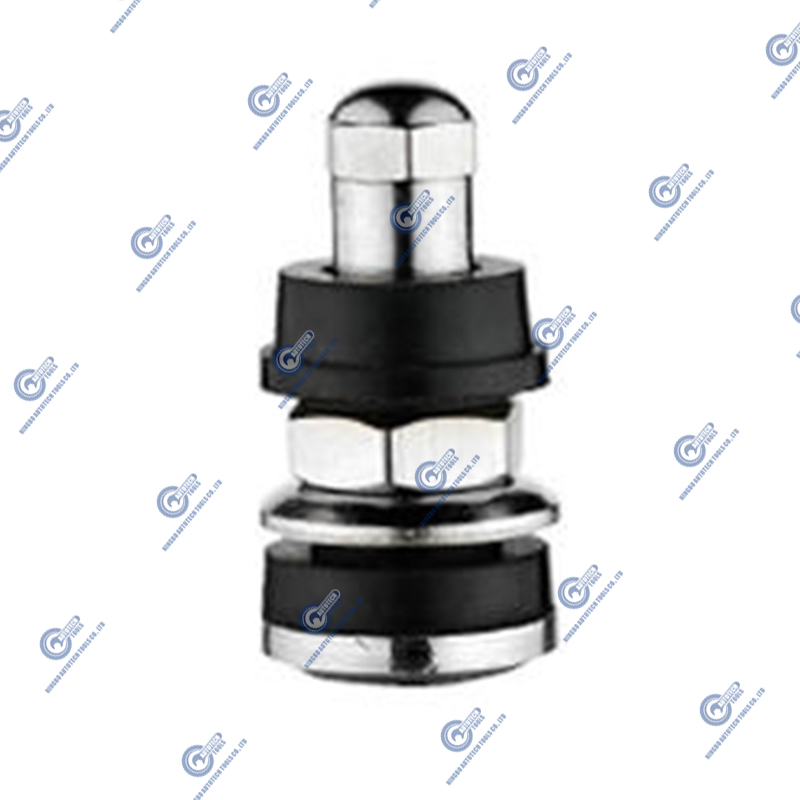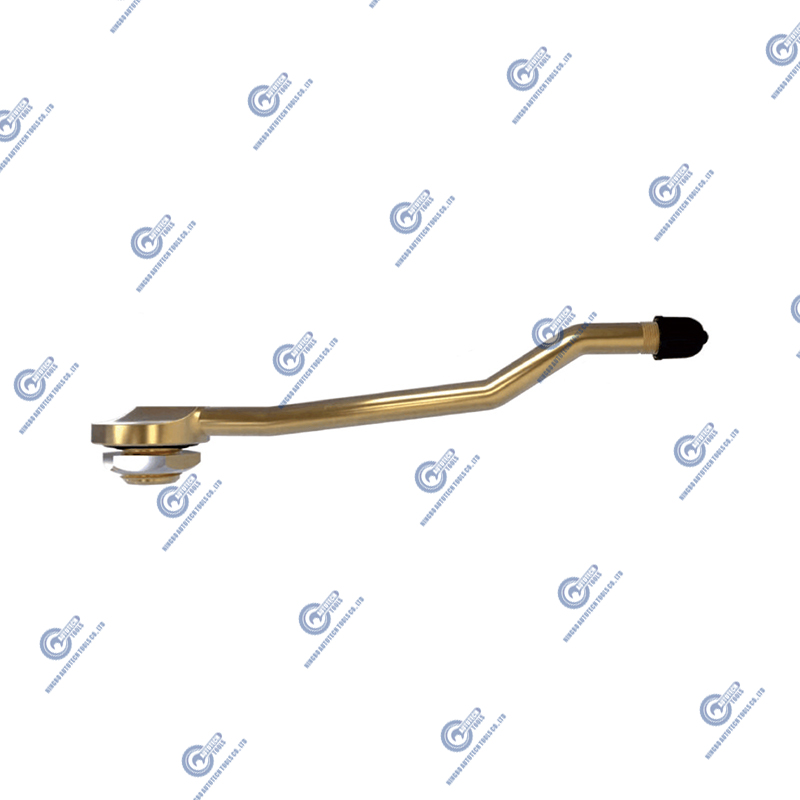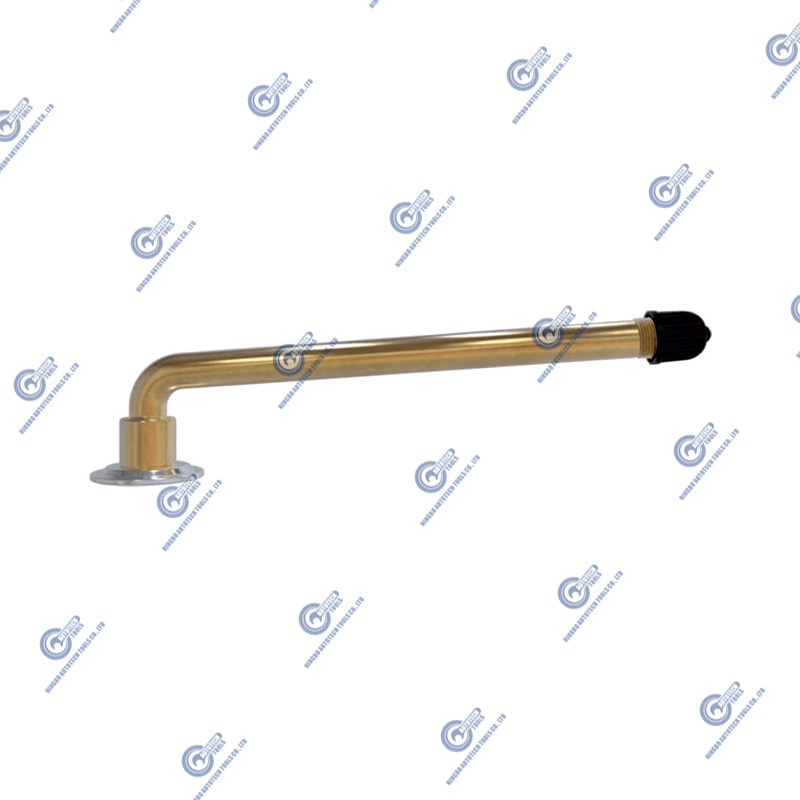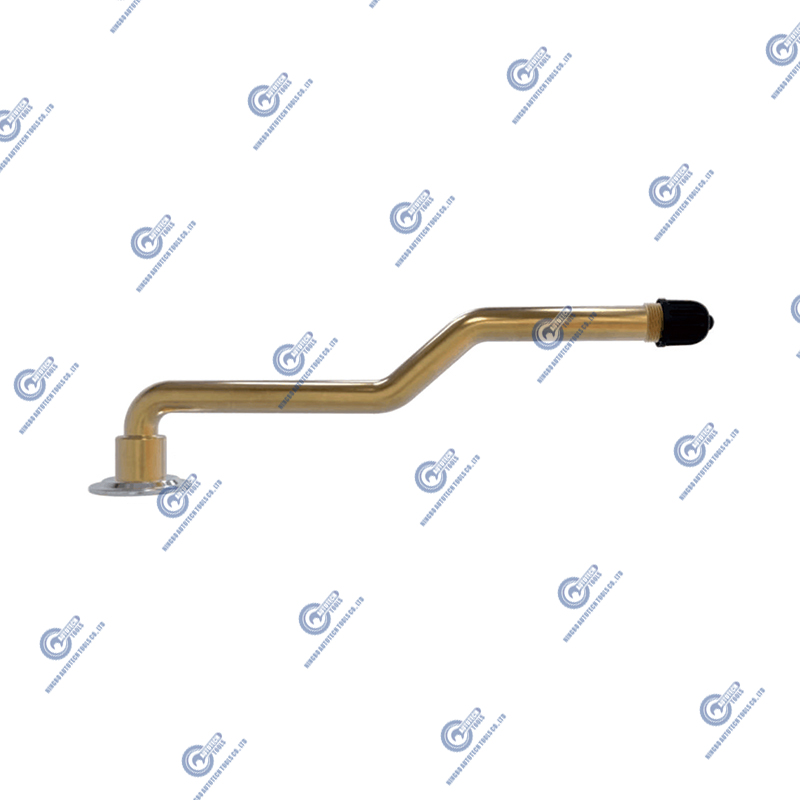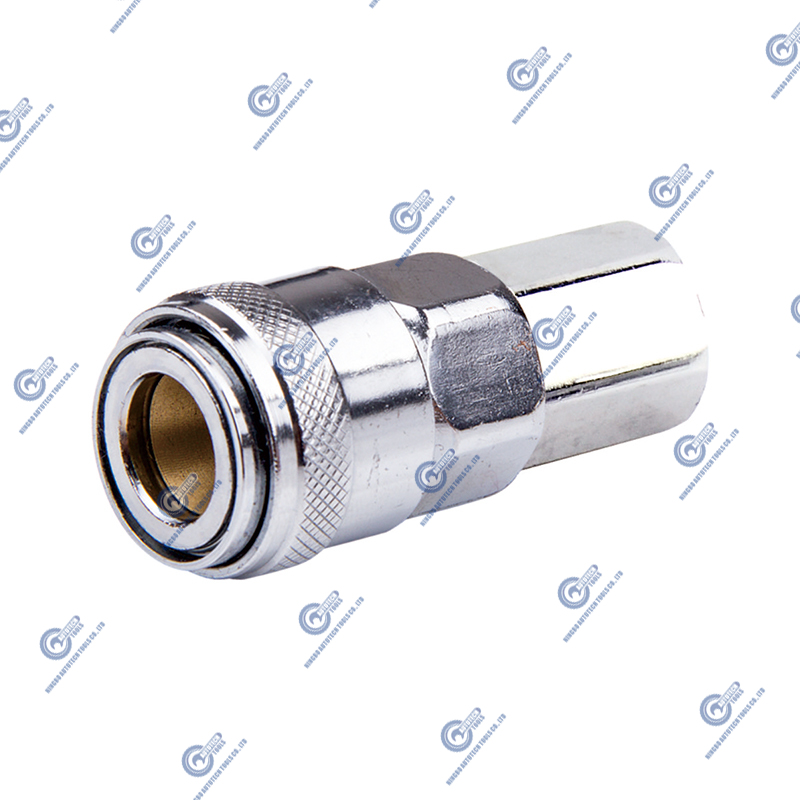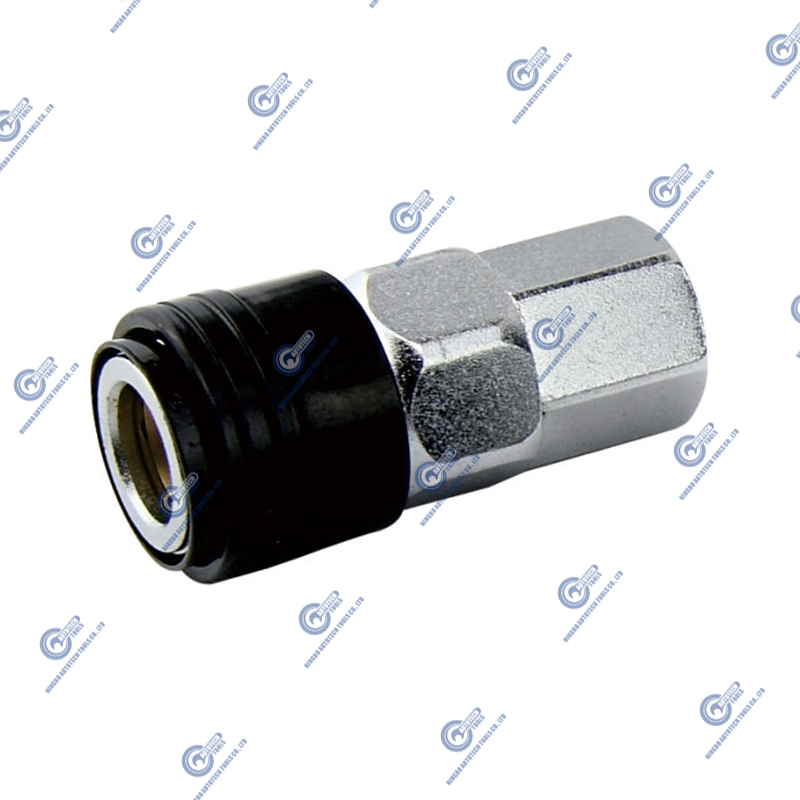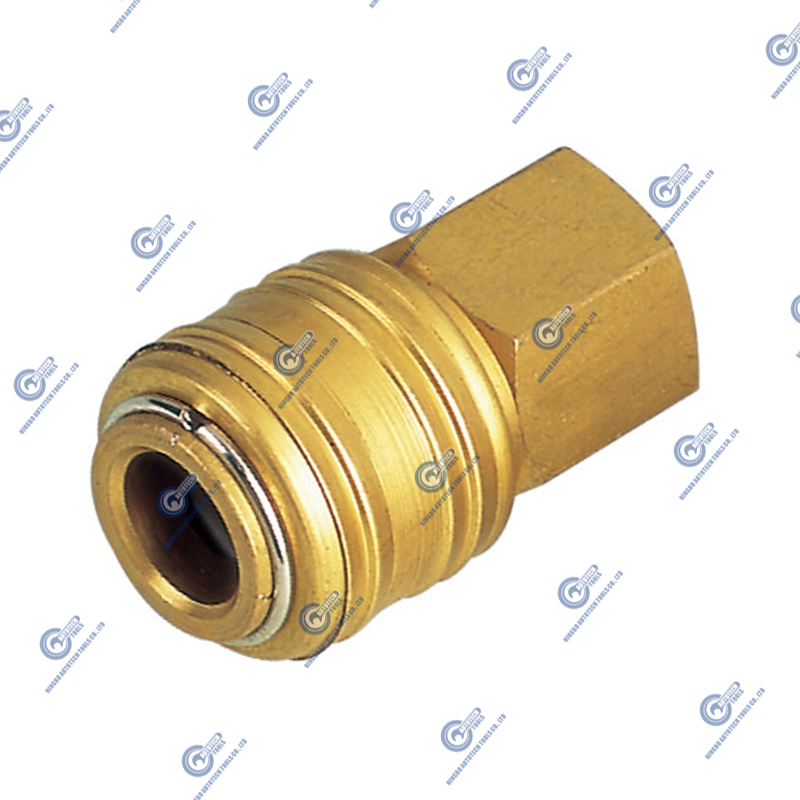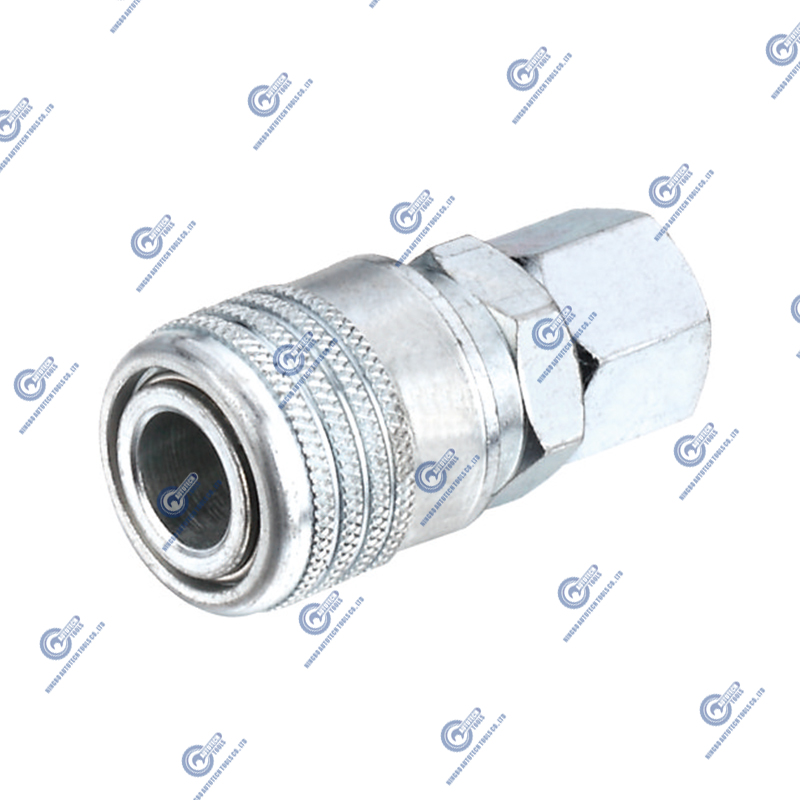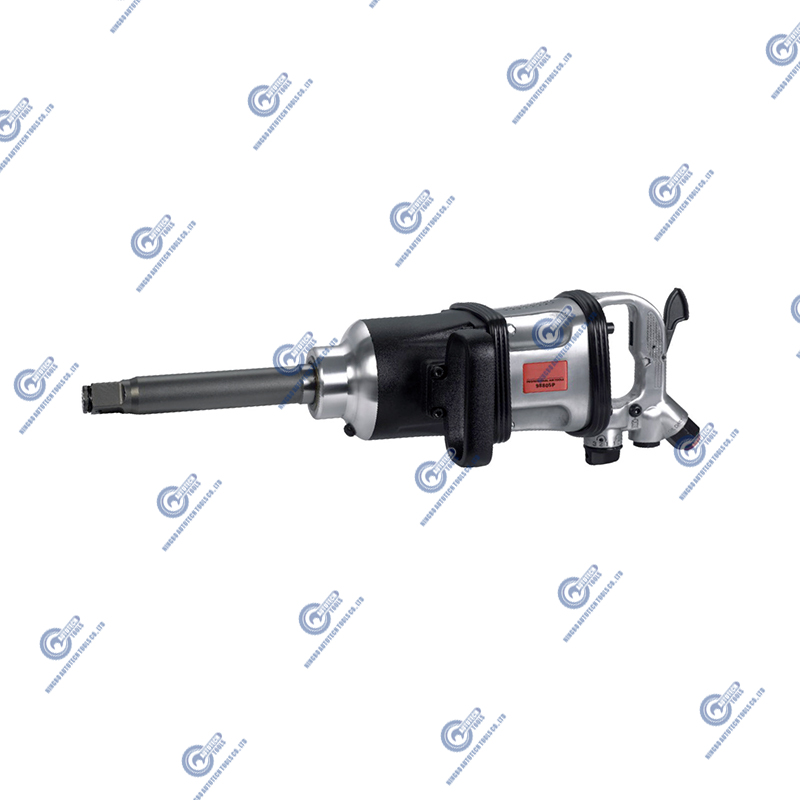Detailed explanation of the working principle of tubeless tire valve
 2025.08.25
2025.08.25
 Industry news
Industry news
What is a tubeless tire valve?
A tubeless tire valve is a specialized valve designed specifically for tubeless tire systems. In traditional tire systems, the valve is mounted on the inner tube. However, in tubeless systems, the valve must be mounted directly on the rim, fulfilling the crucial role of connecting the rim and tire and maintaining an airtight seal. The valve not only allows air to enter the tire, but also prevents high-pressure air from escaping through the interface, while also preventing leakage of the sealing fluid inside the tire.
Features of a Tubeless Tire System
The most significant feature of a tubeless tire system is the absence of an inner tube; air is trapped directly within the sealed space between the tire and rim. Without the constraints of a tube, this system reduces overall tire weight, reduces friction, and improves riding efficiency and comfort. Tubeless systems can also effectively self-heal small punctures using sealing fluid, significantly reducing the risk of blowouts.
However, this also presents challenges: the rim and tire must form an extremely tight seal, and the valve, as a critical interface, demands efficient airtightness and durability.
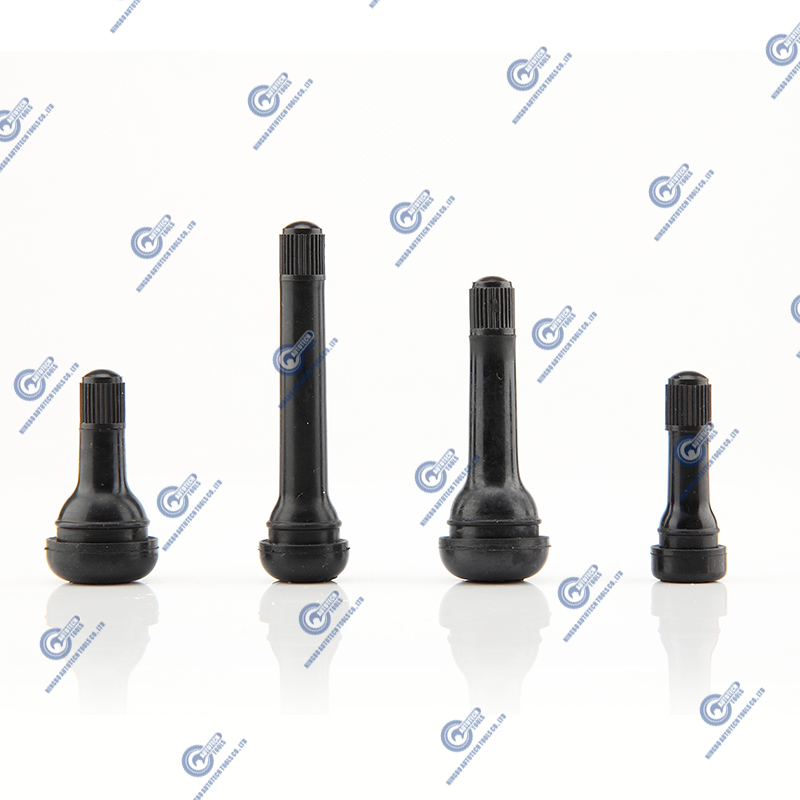
Tubeless Tire Valve Structure
Valve Core
The valve core is the core of the valve, housing a spring-loaded rubber seal. During inflation, air pressure pushes the seal open, allowing air to flow into the tire. Once inflation is complete, the spring re-engages the seal, closing the airflow and preventing reverse leakage.
The valve core is usually removable for easy replacement or repair. Some valve cores also feature leak-proof features, such as double sealing rings, to enhance sealing effectiveness.
Valve Stem
The valve body is the outer shell of the valve, typically made of aluminum alloy, brass, or durable rubber. It inserts into the valve opening of the rim, providing mechanical fixation and sealing. Metal valve bodies are sturdy and durable, suitable for high-pressure environments, while rubber valve bodies are more flexible and adaptable to different rim materials.
The valve body must be designed to seamlessly fit into the rim valve opening, avoiding any minor gaps that could cause pressure drops.
O-ring
The O-ring, installed at the bottom of the valve body, is a crucial component for preventing air and sealing fluid leakage. It is typically made of oil- and corrosion-resistant rubber, fitting tightly against the metal surface of the rim to create a reliable airtight seal.
Once the seal is aged or damaged, air can slowly leak out, affecting tire pressure stability.
Valve Cap
The valve cap not only protects the valve core, preventing dust and dirt from entering the valve core and preventing clogging, but also provides a secondary seal. High-quality valve caps are usually made of metal and, when tightened, effectively prevent even minor air leaks.
Working Principle
Inflation
When inflating a tubeless tire, the pump's inlet port is connected to the top of the valve core. Pressing or twisting the valve core opens the seal inside the valve core. Air enters the tire through the valve core, gradually filling the seal between the tire and rim.
After inflation is complete, release the pump, and the valve core spring quickly returns the seal to its original position, preventing air from leaking back out. The valve maintains a high-pressure seal.
Seal Retention
Tubeless tires rely on the seal at the bottom of the valve to tightly fit within the rim's valve opening, creating a seamless, airtight seal. The valve design ensures that even at high speeds and when the tire is deformed, it won't leak due to loose connections.
A good airtight seal not only ensures stable tire pressure but also prevents the sealing fluid from leaking, which could compromise the tire's self-repair function.
Preventing Sealing Fluid Leakage
Tubeless tires often contain a liquid sealant to fill tiny punctures on the tire surface and prevent air leaks. The valve must prevent this sealing fluid from leaking through gaps in the valve core or valve body. The precise design of the valve's internal structure and sealing ring ensures that the liquid remains inside the tire and does not escape into the external environment.
Bleeding and Maintenance
When you need to reduce tire pressure or change tires, you can manually remove the valve core and open the valve to bleed air. Removing the valve core also facilitates cleaning or replacing the valve core during tire maintenance, ensuring long-term, optimal valve operation.
Regularly checking the integrity of the valve seal and promptly replacing any worn components are crucial steps to maintaining the efficient operation of your tubeless system.
Why choose a high-quality tubeless valve?
Strong airtightness: High-quality valves can better prevent air leaks, maintain stable tire pressure, and enhance riding safety. Corrosion and Wear Resistance: Outdoor riding environments are complex, and valves must withstand corrosion from mud, water, and salt. Durable materials and designs are essential.
Easy Maintenance: High-quality valves are typically compact and easily disassembled, facilitating routine maintenance and replacement, minimizing interruptions to riding.
Excellent Compatibility: Compatible with a variety of rim sizes and tire models, eliminating installation difficulties and compatibility issues.



